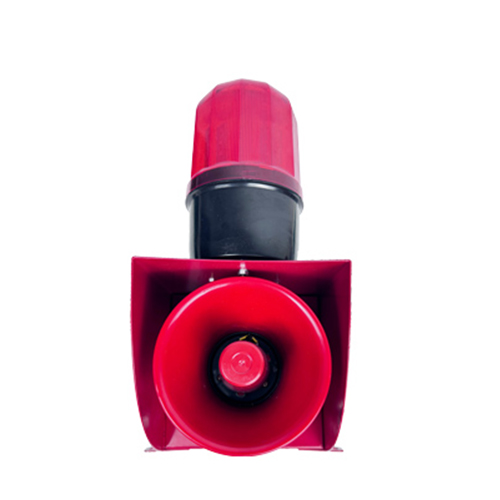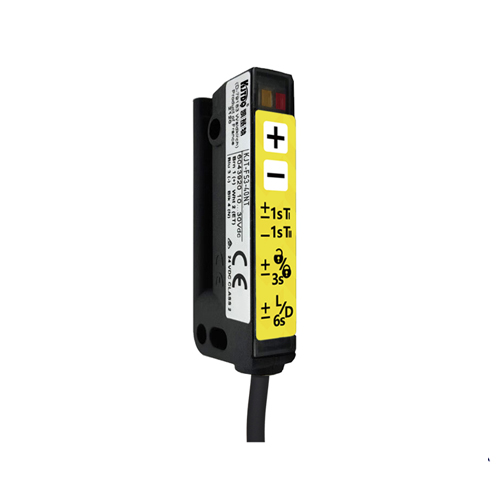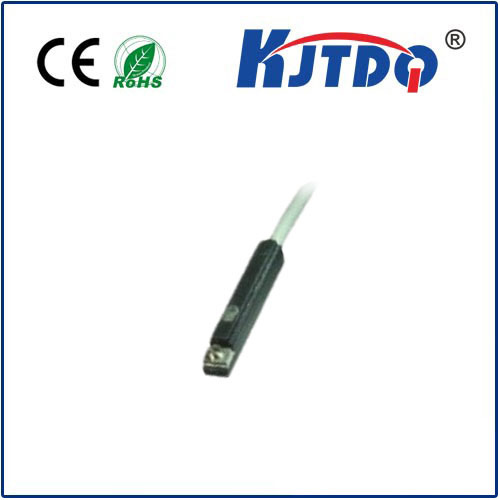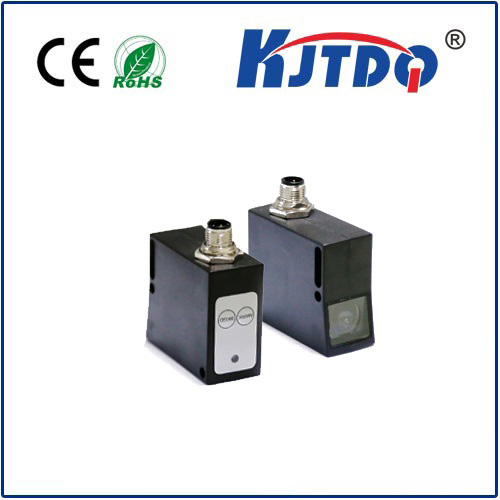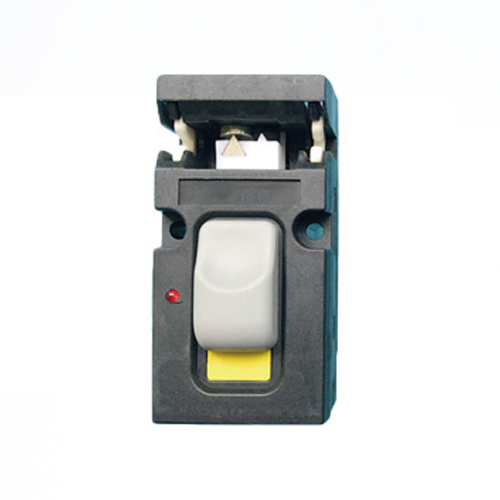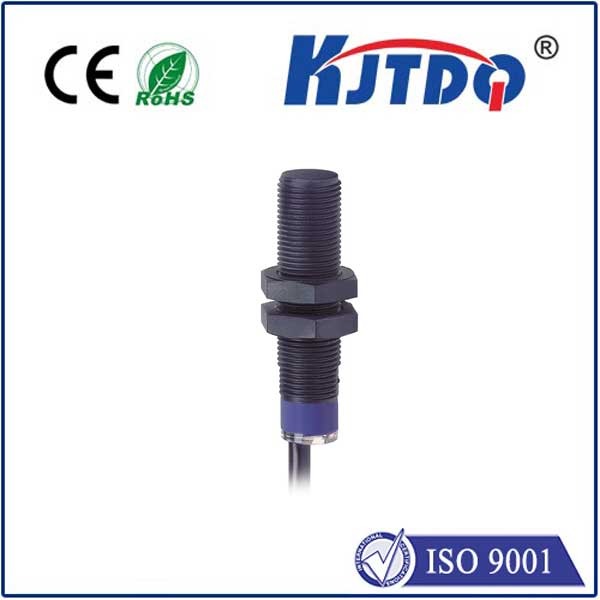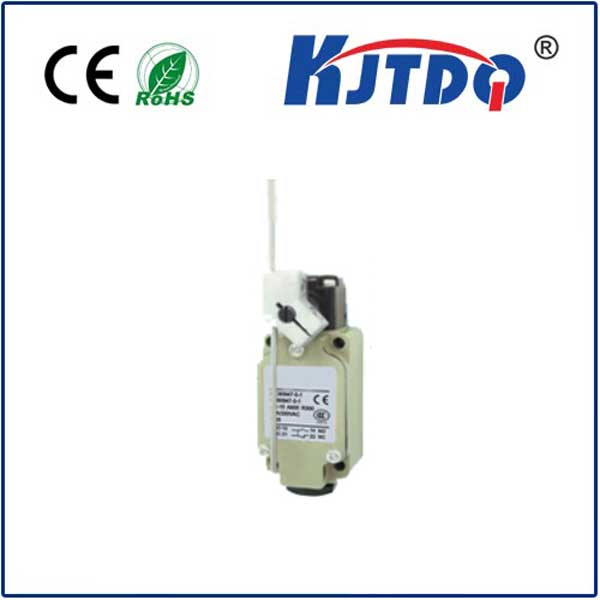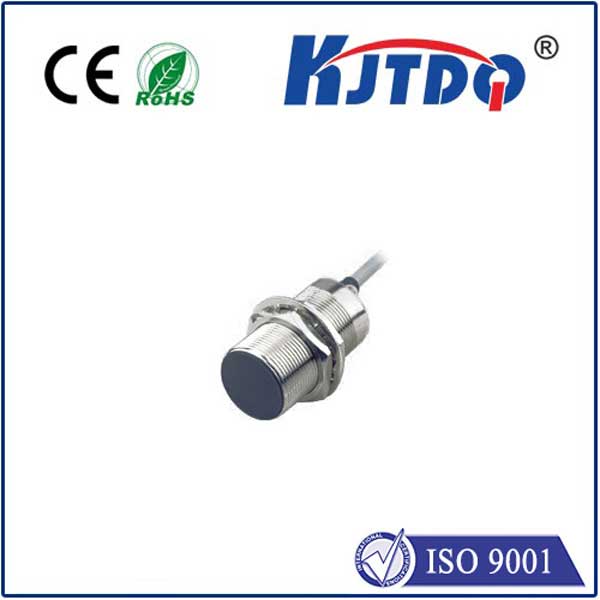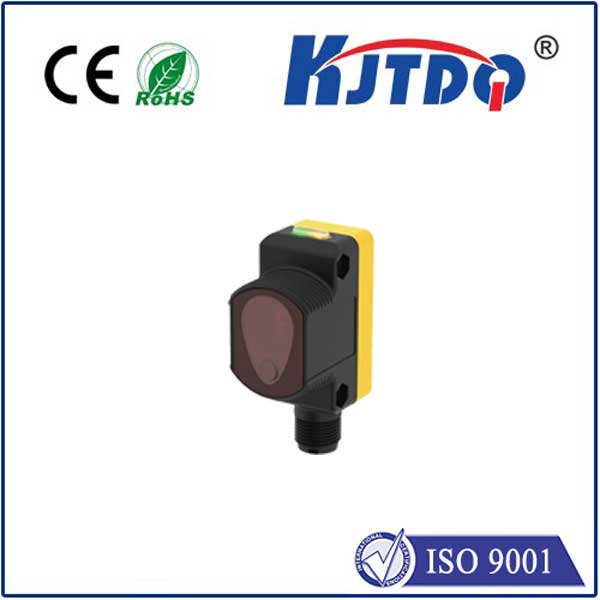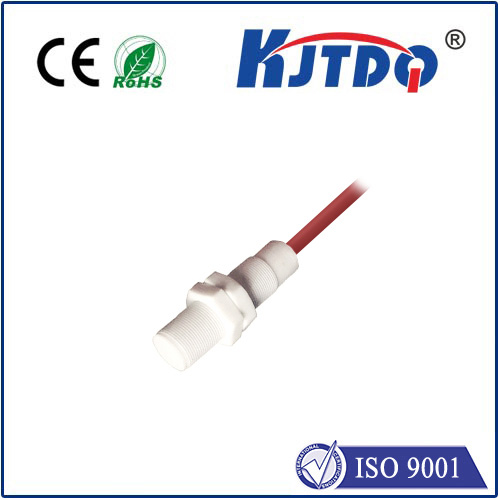

check

check

check

check

check

check

check

check

check

check
Title: Simplifying Safety Control with Limit Switches and Levers
Introduction to Limit Switches and Levers in Industrial Automation
In the realm of industrial automation, safety is of paramount importance. The use of limit switches and levers can greatly enhance safety standards and streamline operations. These simple yet effective control devices play a critical role in ensuring the smooth functioning of machines and preventing accidents. In this article, we will delve into the working principle and application of limit switches and levers in industrial automation.
Understanding Limit Switches and Levers
Limit switches are mechanical devices that are used to detect the position of a switch or lever. They consist of two parts: a contact that opens when the switch or lever is moved beyond its operating range, and a receptacle that receives the contact when it is within the operating range. When the contact is opened, an electrical signal is generated that can be used to control a motor or other device.
Lever switches, on the other hand, are similar to traditional manual levers but incorporate an electrical component. A rod is connected to a pivot, which allows the lever to move back and forth. When the lever is pushed or pulled beyond its center point, an electrical signal is generated that can be used to control a motor or other device.
Applications of Limit Switches and Levers in Industrial Automation
Limit switches and levers are widely used in various industrial applications due to their simplicity, reliability, and low cost. Some common examples include:
Conveyor systems: Limit switches are commonly used to prevent the conveyor from rotating when it reaches the end of its track. This prevents damage to the conveyor belt and ensures safe operation.
Cranes and hoists: Limit switches are installed on the boom or hoist arm to monitor its movement. If the arm moves beyond its operating range, an alert is triggered to prevent damage to the machine or personnel.
Machine control: Limit switches can be used to control the movement of motors and other devices in a wide range of industrial processes. For example, a limit switch can be used to stop a conveyor belt when it reaches a specific position, ensuring that materials are properly loaded and unloaded.
Safety interlocks: Lever switches can be used as part of safety interlocks to prevent machines from starting up if certain conditions are not met. For example, a pressure switch can be combined with a lever switch to prevent a pump from启动 if the pressure inside the system is below a certain threshold.
Benefits of Using Limit Switches and Levers
Limit switches and levers offer several significant benefits for industrial automation systems:
Improved safety: By detecting when machines are in motion outside their intended operating range, limit switches and levers can prevent accidents caused by misoperation or equipment failure.
Increased efficiency: By allowing machines to operate within precise parameters, limit switches and levers help ensure consistent output quality and minimize downtime.
Simplified control systems: With fewer moving parts and simpler mechanisms, limit switches and levers can make industrial automation systems easier to install, maintain, and repair.
Conclusion
Limit switches and levers may seem like simple devices, but they play a crucial role in ensuring the safe and efficient operation of industrial automation systems. As manufacturers continue to innovate and develop new technologies, these basic control devices will undoubtedly remain essential components of many industrial processes.
